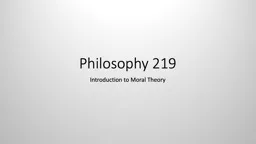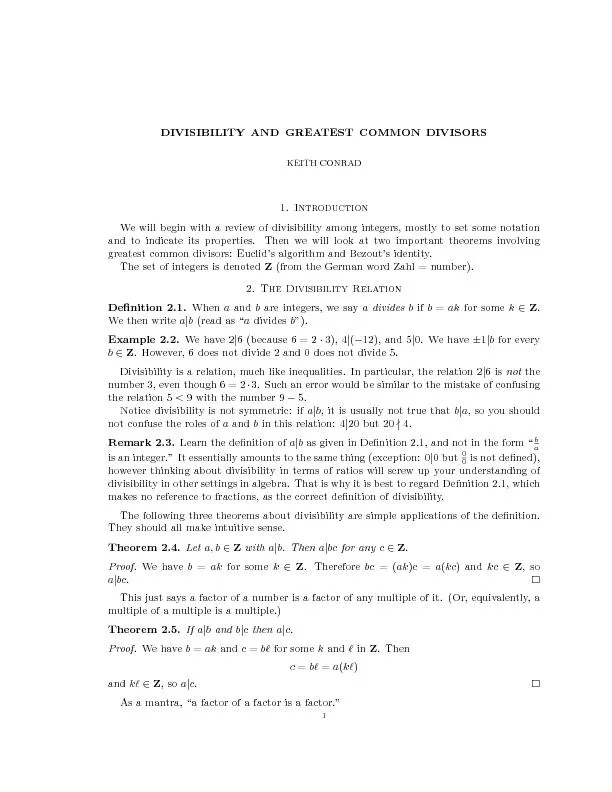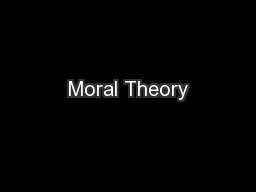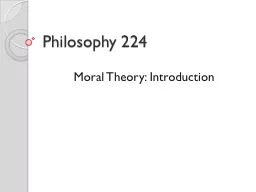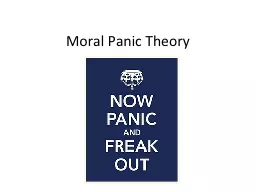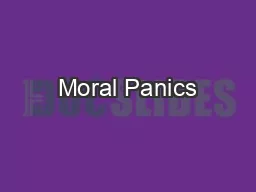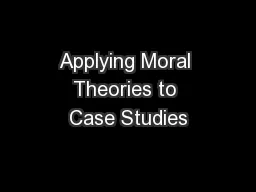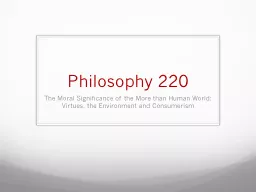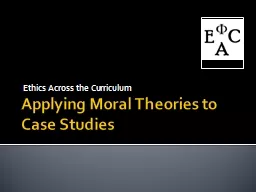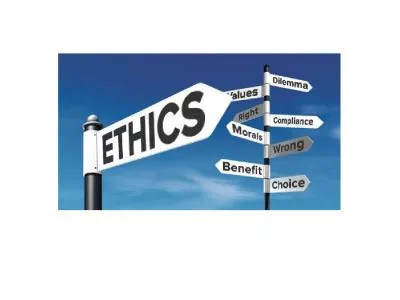PPT-Philosophy 219 Introduction to Moral Theory
Author : sportyinds | Published Date : 2020-06-20
Social and Political Philosophy Our subject matter this semester has traditionally been associated with practical philosophy There are clearly theoretical elements
Presentation Embed Code
Download Presentation
Download Presentation The PPT/PDF document "Philosophy 219 Introduction to Moral The..." is the property of its rightful owner. Permission is granted to download and print the materials on this website for personal, non-commercial use only, and to display it on your personal computer provided you do not modify the materials and that you retain all copyright notices contained in the materials. By downloading content from our website, you accept the terms of this agreement.
Philosophy 219 Introduction to Moral Theory: Transcript
Download Rules Of Document
"Philosophy 219 Introduction to Moral Theory"The content belongs to its owner. You may download and print it for personal use, without modification, and keep all copyright notices. By downloading, you agree to these terms.
Related Documents

